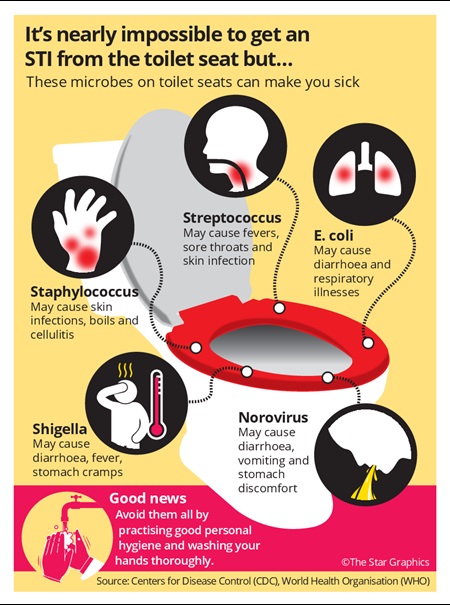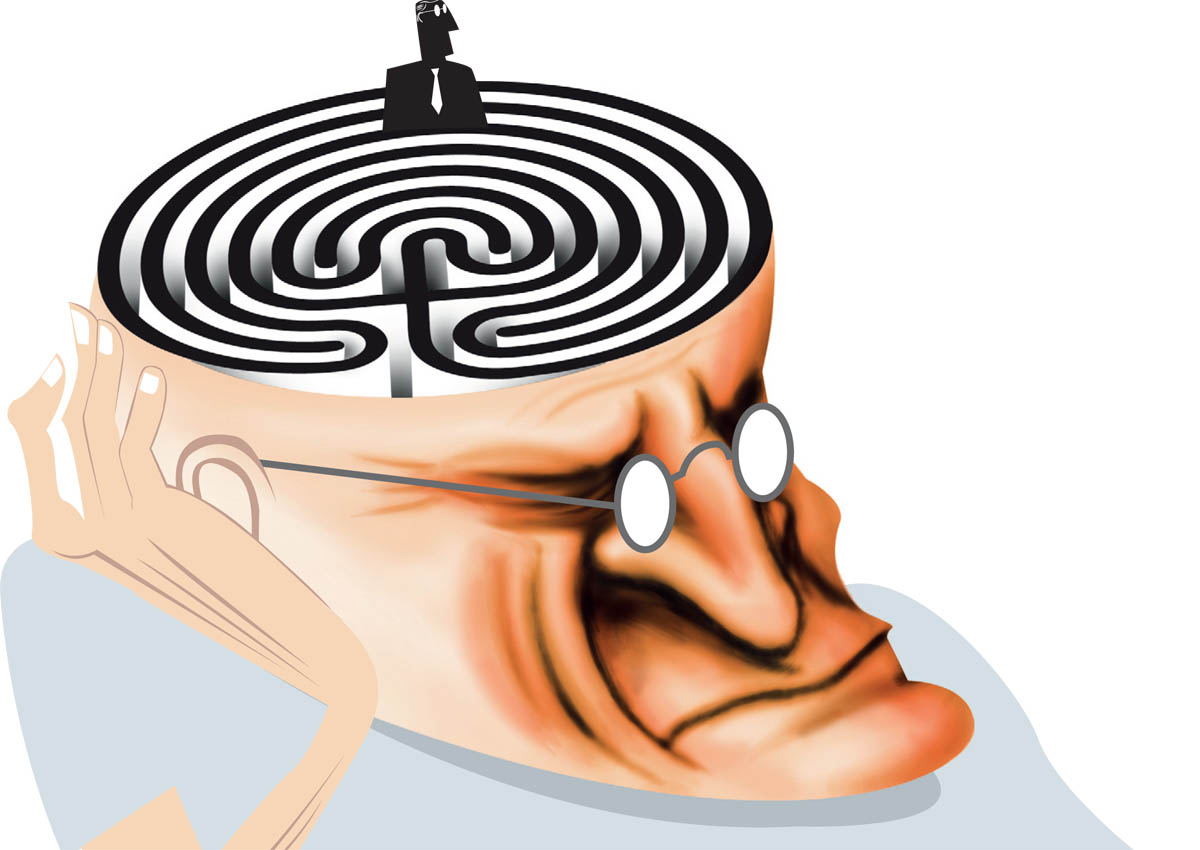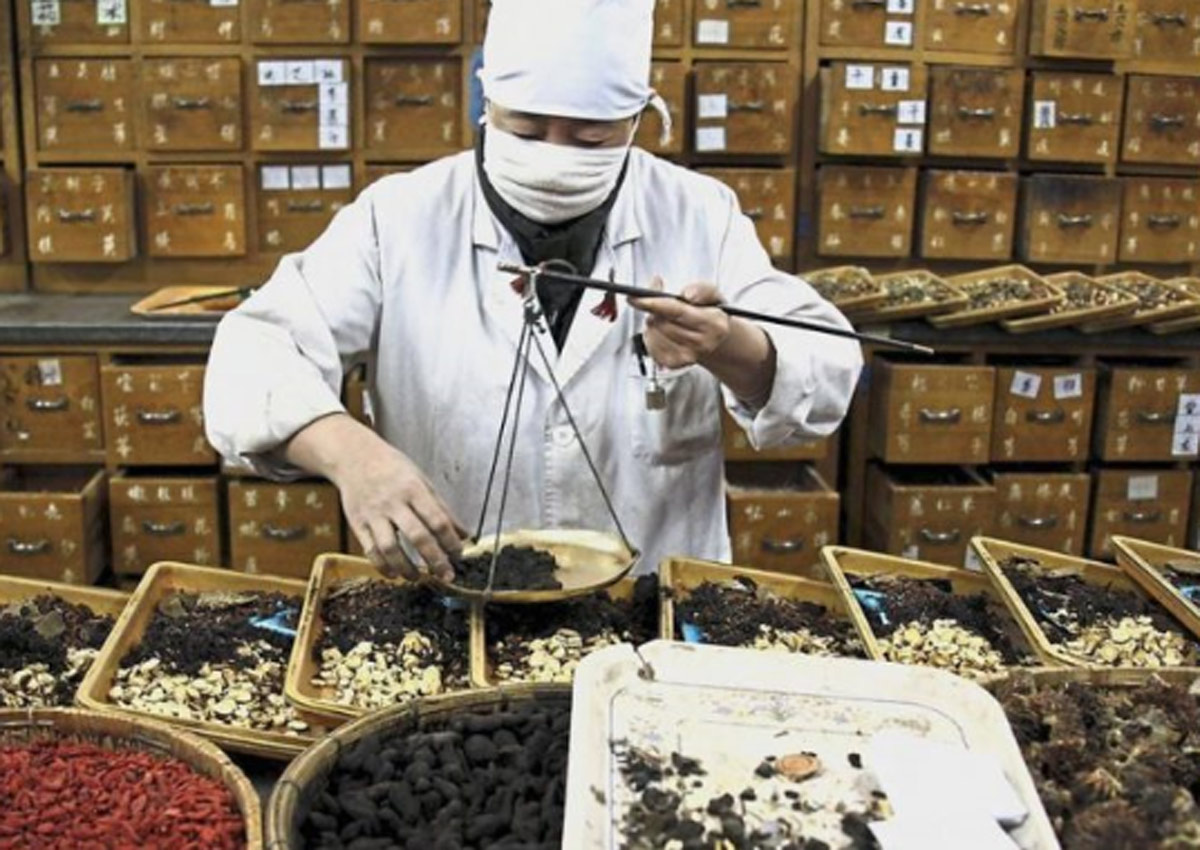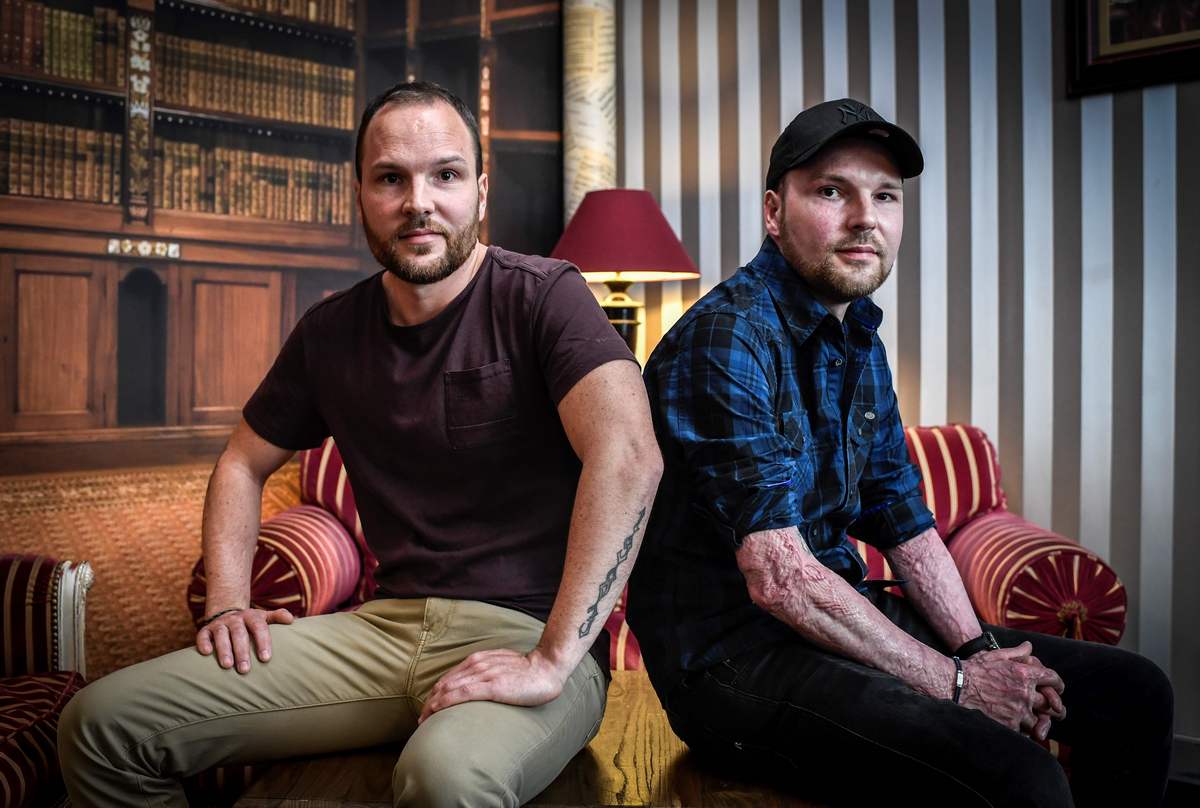Can I contract STI from a toilet seat?
PETALING JAYA – Do a quick Internet search on “sexually transmitted infections (STI)” and “toilet seats” and you will find pages of results.
People can’t seem to stop asking the question.
The fact that you are reading this shows our need to have the claim of contracting STI from sitting on a toilet confirmed or debunked once and for all.
The quick answer is, you cannot contract STI from the toilet seat.
However, there is a lot more to it.
How did this myth start anyway? It is fascinating to note that many experts today suspect that it was probably doctors who started it.
Prof Basil Donovan, head of sexual health programme at the Kirby Institute at the University of New South Wales in Australia, believes that there is evidence showing doctors who hoped to de-stigmatise STIs in the 19th century, said that people could get it from a loo seat.
These doctors wanted to contain the spread of STIs and hoped that people would be more willing to seek treatment if there wasn’t a fear of judgment.
Is the risk real?
STIs such as syphilis, human papillomavirus (HPV), HIV and even pubic lice have had people hovering over toilet seats afraid that any contact with the plastic surface would expose them to the diseases.
The good news is you just need to give the seat a bit of a wipe, then relax and sit down.
“There’s basically no chance of you contracting STI from a toilet seat,” says Datuk Dr Nor Ashikin Mokhtar, a consultant obstetrician and gynaecologist.

“Any chance that does exist is so negligible that it’s not worth devoting much brainpower to it,” adds Dr Nor Ashikin, who writes the column Women’s World for Star2.
The fear, while understandable, may primarily come from not knowing how microbes work.
“Most of these microbiological bad guys don’t like living outside nice and warm human tissues. They spread much better from skin-to-skin contact and through bodily fluids than from hard toilet seats,” she explains.
Even viruses like herpes, chlamydia and gonorrhoea can’t live long outside the human body.
How easy is it to get an STI from a toilet seat?
Not easy at all. In fact, you would have to “work” very hard to get an STI from a hard plastic surface.

“You would basically have to rub an open wound, or the mucous membrane of your genitals, all over the fluids left there on the seat seconds after they have been there,” says Dr Nor Ashikin.
That certainly paints a mental picture.
Don’t underestimate your body
Our skin is an excellent barrier to disease.
“In addition to our skin, our urethral and genital tract mucosa are also good at preventing bacteria and viruses from entering our bodies,” explains Dr Nor.
Even if you have a wound on your buttocks, the risk of getting a disease is still very low.
WHAT YOU SHOULD WORRY ABOUT
Bad news for germophobes, bacteria and viruses are everywhere and the toilet seat isn’t the only place that is covered with them.
Thanks to modern toilet flushing systems, germs and microbes now spread further away from the bowl, possibly beyond the bathroom.
A study published online by the journal National Center For Biotechnology Information found that the more you flush the toilet, the more microbes get disseminated into the air.
But should you be overly worried?
“Studies consistently back up the no-big-deal nature of sitting bare butt on a toilet seat,” says Dr Nor Ashikin.
Just focusing on the toilet seat, she says that streptococcus is a common bacteria found there.
Also referred to as strep throat, it can cause fevers, sore throats and impetigo – a skin infection that usually affects children.
Another bacteria that is commonly on a seat is staphylococcus, which can cause skin infections such as boils, impetigo and cellulitis.
“Other kinds of common bacteria include E. coli and shigella that can cause food poisoning,” explains Dr Nor Ashikin.
How do you avoid getting sick from these bacteria? Easy, by practising good personal hygiene.
“You can carry antiseptic wipes, if you feel so moved,” Dr Nor Ashikin adds.
JUST WASH YOUR HANDS
Washing your hands properly can prevent a whole lot of diseases. The operative word here being “properly”.
“Handwashing is one of the most important ways to prevent the spread of infection,” says Dr Nor Ashikin.
“According to the Centres For Disease Control, it can prevent about 30 per cent of diarrhoea-related sicknesses and about 20 per cent of respiratory infections like the flu,” she says.
While it is rudimentary exercise, hand-washing is not something we get right all the time.
A study done a few years ago by the Michigan State University found that only 5 per cent of people wash their hands the right way after going to the toilet.
Wash your hands thoroughly with soap, suggests the World Health Organisation (WHO) and make sure you get to every part of your hands.
Sing (or hum) Happy Birthday twice and you would have spent the right amount of time cleaning your hands, states the WHO. Then dry your hands well.
Some people may feel that using warm water would get rid of more germs, but this may be more psychological than actual.
Rutgers University-New Brunswick found that water temperature made no difference in terms of removing germs.
JUST SEEK HELP
If you think you have an STI, get help quickly.
Instead of blaming the toilet seat, you should get yourself tested.
Your doctor can do a physical exam, a Pap smear or conduct blood or urine tests to determine the STI you have.
“Don’t try to treat an STI yourself,” cautions Dr Nor Ashikin.
STIs can be contagious and even a serious health threat so you need to see a doctor immediately.
Published at Sat, 18 Nov 2017 09:00:00 +0000






